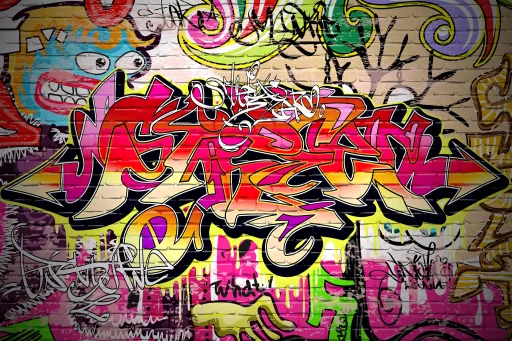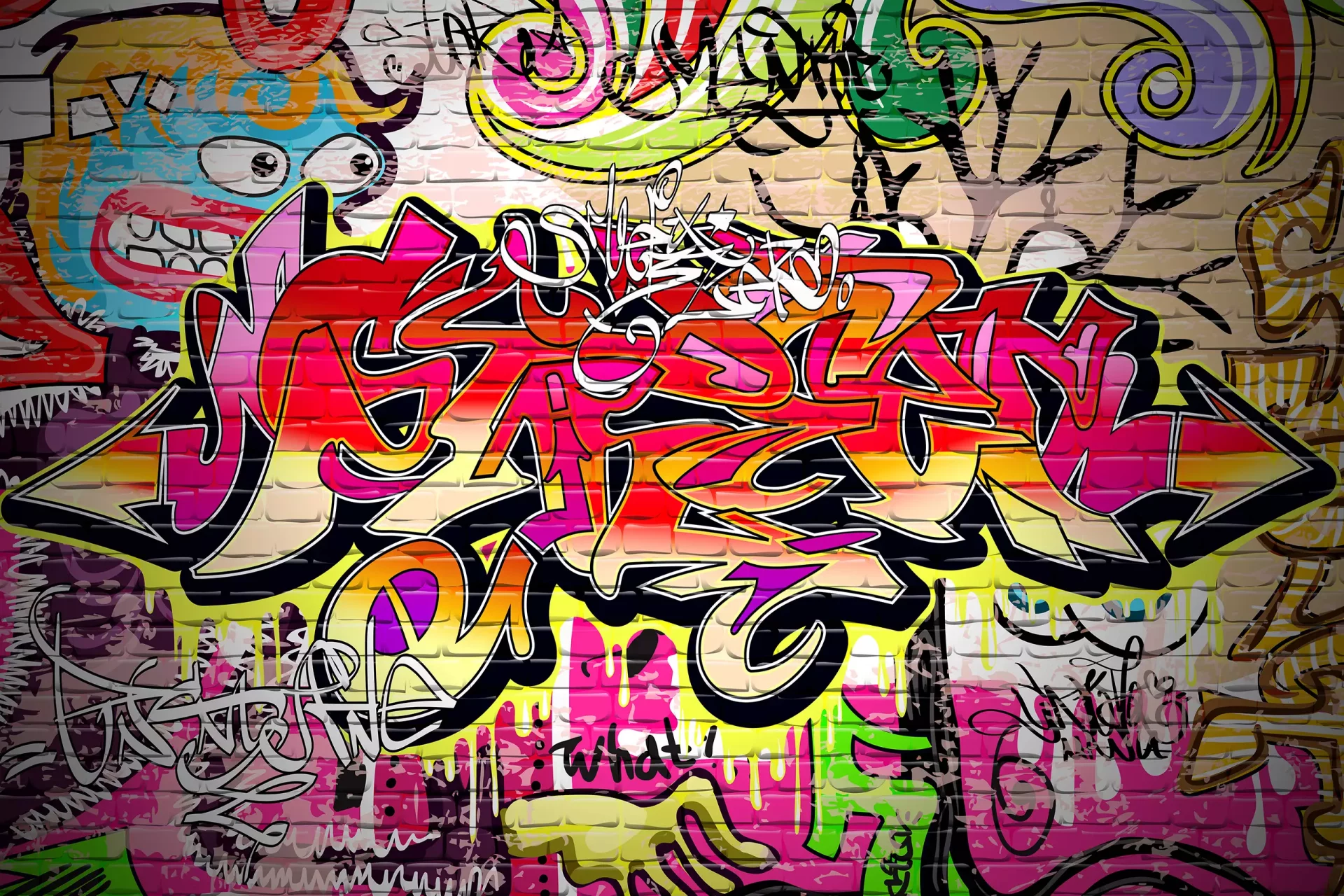Introduction to Soda Can Slang
Soda can slang is a vibrant and ever-evolving language that has permeated youth culture and the soft drink industry. It’s a unique way of referencing different types of sodas through nicknames, abbreviations, and other playful terms. This article explores the fascinating world of soda can slang, its origins, its usage, and why it continues to resonate with consumers today.
A Brief History of Soda Can Slang
The use of slang in the context of beverages can be traced back to the early 20th century, coinciding with the mass production of soft drinks. As consumption grew, so did the culture surrounding these delicious drinks. Names associated with soda flavors and brands began to transform into catchy terms, making it easier for consumers, especially younger generations, to communicate their preferences.
Common Soda Can Slang Terms
Here’s a rundown of some of the most popular soda can slang terms and what they signify:
- Pop: A term primarily used in the Midwest and Northeast, referring to carbonated soft drinks.
- Soda: Commonly used in larger parts of the United States, representing any type of soft drink.
- Coke: While often referring to Coca-Cola, it’s widely used to mean any soft drink in many Southern states.
- Fizz: A playful term often used to describe the carbonation in sodas.
- Brewski: A fun slang term sometimes used for soda in general, although it typically refers to beer.
Regional Variations in Soda Can Slang
Interestingly, soda can slang varies significantly across different regions in the U.S. For instance,
- In the South, people are more likely to use “Coke” to reference any kind of soda, e.g. “I’ll have a Coke, please” can mean any soda brand.
- The Midwest prefers the term “pop,” making it a staple of local vernacular.
- In some areas of the Northeastern U.S., the term “soda” is universally used without much ambiguity.
Case Studies: The Impact of Soda Can Slang
Various companies have recognized the significance of soda slang in branding and marketing strategies. For example:
- Coca-Cola: The brand has successfully embraced regional slang in its commercials, tailoring ads to resonate with local audiences. They have run campaigns that emphasize the term “Coke” in the South, creating a sense of familiarity and community.
- Mountain Dew: The brand utilizes urban slang in its advertising to appeal to younger audiences, highlighting the informal nature of their product while promoting a lifestyle over the drink itself.
Statistics on Soft Drink Consumption and Slang
The soda industry’s growth is staggering. According to the International Soft Drink Association, in 2020 alone, Americans consumed over 12 billion gallons of soft drinks. This highlights the relevance of soda culture and the language that surrounds it. Here are some key statistics:
- Approximately 50% of Americans drink soda daily.
- Sales of soda reached $78 billion in the United States in 2022.
- Diet sodas account for roughly 30% of the soft drink market share.
The Future of Soda Can Slang
As new generations rise, soda can slang continues to evolve. With the advent of social media platforms like TikTok and Instagram, new slang terms emerge at a rapid pace, often influenced by trends and viral moments. For instance, the term “soda” itself may face challenges as consumers lean towards healthier options like sparkling waters and organic sodas, potentially leading to new terminologies.
Conclusion
Soda can slang is more than just casual language; it reflects cultural shifts, consumer preferences, and regional identities. As the soft drink industry adapts to changing tastes and preferences, the slang that accompanies it will also continue to evolve. Understanding this unique language enriches our appreciation of soft drinks and the communities surrounding them.


